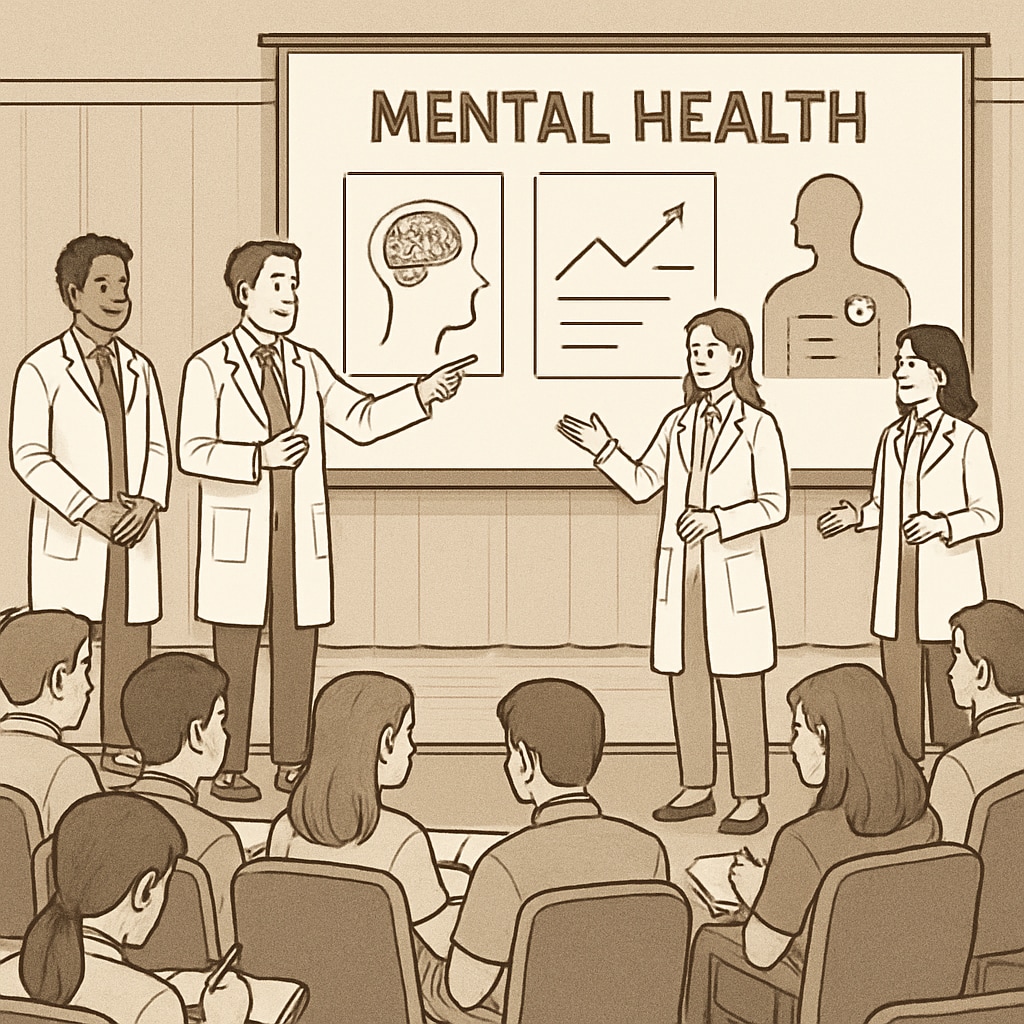Fostering awareness of mental health among high school students is essential in today’s fast-paced and often stressful environment. Organizing mental health assemblies led by medical students provides a unique opportunity to bridge the gap between youth and professional understanding of mental well-being. This article outlines the feasibility of such initiatives and offers practical guidance for implementation.
Why High School Students Need Mental Health Awareness
High school students face increasing pressure from academics, social dynamics, and future career planning. These challenges can lead to anxiety, depression, and other mental health issues. According to the World Health Organization, one in seven adolescents aged 10-19 experiences a mental health disorder. Educating teens about mental health equips them with coping mechanisms and removes stigmas surrounding these issues.
Medical students possess the expertise to provide accurate information and relatable insights, making them ideal facilitators for school-based mental health programs.

Steps to Organize a Successful Mental Health Assembly
To ensure the success of a mental health awareness assembly, medical students should follow these structured steps:
- Identify the Need: Collaborate with school administrators and counselors to assess the specific mental health challenges faced by students.
- Build Partnerships: Establish connections with local schools, community organizations, and mental health professionals to gain support and resources.
- Develop Content: Create engaging and age-appropriate presentations, including topics like stress management, emotional resilience, and identifying signs of mental health struggles. Use interactive methods such as Q&A sessions or role-play activities.
- Ensure Inclusivity: Address diverse cultural and socio-economic backgrounds to ensure the program resonates with all students.
- Evaluate Impact: Collect feedback through surveys or discussions to refine future assemblies.
Adhering to these steps will ensure that assemblies are both impactful and sustainable.
Benefits of Medical Students Leading Mental Health Assemblies
Medical students bring unique advantages to school-based mental health initiatives:
- Relatability: Medical students are often closer in age to high school students, making their messages more relatable and engaging.
- Expertise: Their knowledge of mental health ensures accuracy and depth in presentations.
- Community Impact: These initiatives strengthen ties between educational institutions and healthcare professionals.
As a result, medical student-led assemblies help cultivate a supportive environment where teens feel empowered to prioritize their mental well-being.

Challenges and Solutions for Implementation
While organizing mental health assemblies offers numerous benefits, it is not without challenges. Here are some common obstacles and strategies to address them:
- Scheduling Conflicts: Coordinate with schools to find suitable times for assemblies that do not disrupt academic schedules.
- Resource Limitations: Seek funding or sponsorships from local businesses and organizations to cover materials and logistics.
- Student Engagement: Incorporate multimedia tools and interactive components to maintain interest and participation.
By proactively addressing these challenges, medical students can ensure that their efforts yield maximum impact.
Conclusion: Building a Bridge for Mental Health Awareness
Medical students organizing high school mental health assemblies create a powerful avenue for promoting awareness, resilience, and proactive mental health care among teens. By following the outlined strategies and addressing potential challenges, these initiatives can make a lasting difference in the lives of young people. Together, educators, medical students, and communities can build a brighter, healthier future for our youth.
Readability guidance: This article uses short paragraphs, lists, and transitions to ensure clarity and engagement. By maintaining an approachable yet professional tone, the content appeals to both educators and medical students.


